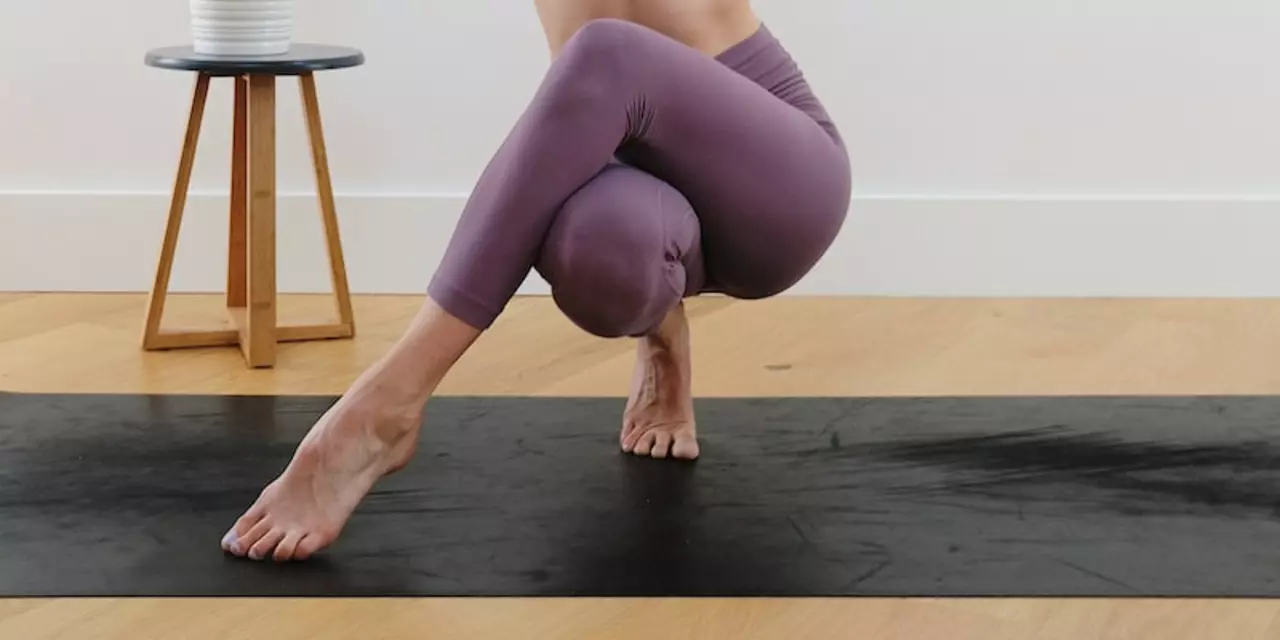Chronic Pain Relief: Simple Yoga Moves and Mind‑Body Tips
If you’re dealing with aches that never seem to quit, you’re not alone. Many people turn to medicine, but there’s a quieter, hands‑on way to soothe stubborn pain—using the body’s own tools. Below are easy yoga poses, breathing exercises, and mindfulness habits that you can try right now without any fancy equipment.
Why Yoga Helps When Pain Persists
Yoga isn’t just about stretching; it blends movement, breath, and focus. When you move gently, blood flows better to sore spots, bringing nutrients that aid healing. Controlled breathing calms the nervous system, which can lower the pain signals your brain receives. Adding mindfulness keeps you from getting stuck in a cycle of “I’m hurting, I can’t do anything,” and instead shifts attention to what feels good.
Three Beginner‑Friendly Poses for Everyday Relief
Cat‑Cow Flow – Start on all fours. Inhale, drop your belly, lift your head (Cow). Exhale, round your back, tuck the chin (Cat). Move slowly for a minute. This motion massages the spine, eases back stiffness, and releases tension in the neck.
Supported Child’s Pose – Kneel, sit back on heels, then fold forward, resting your chest on a pillow or bolster. Let your arms stretch out in front or stay by your sides. Stay for 2‑3 minutes. The gentle compression can calm inflamed joints and give the lower back a soothing break.
Supine Twist – Lie on your back, bring knees to chest, then let them fall to the right while turning your head left. Switch sides after a minute. This twist encourages spinal rotation, helping organs release built‑up tension and improving digestion, which often ties into pain levels.
Do these three moves once or twice a day. The goal isn’t to push hard but to create a pleasant stretch that your body welcomes.
Breathing Techniques That Lower Pain Signals
Try Anulom Vilom Pranayama: Sit tall, close your right nostril with the thumb, inhale through the left, close the left with the ring finger, exhale through the right. Switch sides. Do five cycles. This alternate‑nostril breathing balances the nervous system, which can reduce the perception of pain.
Another quick tool is the 4‑7‑8 Breath. Inhale for 4 counts, hold for 7, exhale for 8. Repeat three times. The longer exhale activates the relaxation response, often easing muscle tightness that adds to chronic pain.
Mindfulness Habits to Keep Pain in Check
Set a timer for three minutes and simply notice the sensations in your body—no judgment, just observation. This practice trains the brain to separate “pain” from “danger,” which can make the same ache feel less overwhelming.
Another habit is a quick gratitude check. Before bed, list three things that felt good today, even if they’re as small as a warm cup of tea. Shifting focus to positive sensations can lower overall stress, and stress often amplifies pain.
Finally, stay consistent. Pain rarely disappears after one session, but a regular routine builds resilience. Aim for 10‑15 minutes a day, and track how you feel in a simple journal. Over weeks, you’ll notice patterns—maybe a certain pose eases knee pain more than others, or a breathing practice calms migraine triggers.
Living with chronic pain can feel like a never‑ending battle, but you have more tools than you think. By mixing gentle yoga, mindful breathing, and simple gratitude habits, you give your body a natural chance to heal and your mind a break from constant worry. Start small, stay curious, and watch the relief grow.

I have X (injury, chronic pain, etc.), can I still do yoga?
Yoga is an excellent form of exercise which can be adapted to suit a range of physical needs and abilities. People with chronic conditions such as injury, chronic pain or other health issues can benefit from the physical and mental benefits of yoga. It is important to discuss any physical limitations or health concerns with a yoga instructor before beginning a practice. The instructor can then offer modifications and support to ensure that the practice is safe and beneficial. A regular practice can help to reduce symptoms and improve overall health, however it is important to listen to the body and stop if any pain or discomfort is experienced.